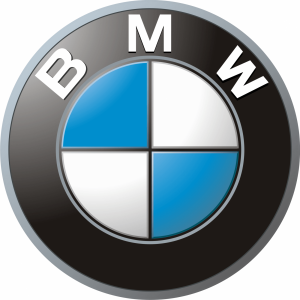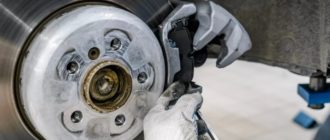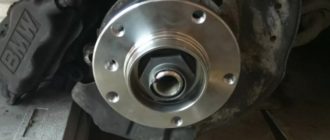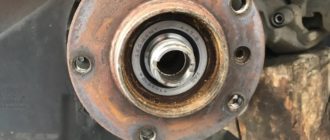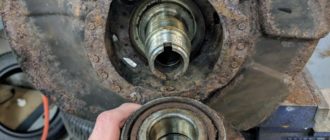One of the main issues that arise in a car when drive belts wear out is the various types of squeaks and whistles that occur during the rotation of pulleys when transferring torque to auxiliary equipment. When such sounds occur, one of these belts may soon break. When should the drive belt be replaced to avoid unpleasant consequences?
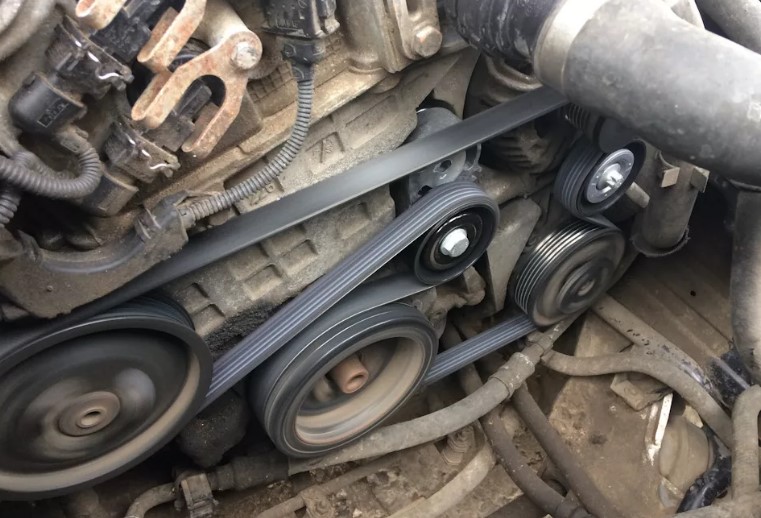
Drive Belt and Its Varieties
This component is a part of the belt drive necessary for transferring the engine's rotational torque to various devices. The transmission process is carried out thanks to engagement or friction. There is a misconception that the timing belt does not belong to the drive belts. Drive belts are divided into several types:
- Timing Belt;
- Belts of auxiliary component drives.
There are also several types of belts used for transmitting rotational motion:
- Toothed belt — most commonly used in timing belts;
- V-belt — transfers torque to the vehicle's auxiliary equipment;
- Serpentine belt — also used for this purpose.
The second and third types of belts have additional names in our country — flat belt or ribbed belt. Their difference from timing belts lies in the absence of such strict requirements for use, for example, replacement after a certain period set by the manufacturer.
In other words, drive belts that ensure the proper functioning of auxiliary equipment do not require such a high degree of attention.
When to Replace Drive Belts
However, this does not mean that they should be completely ignored. They also need to be replaced at regular intervals. It is highly undesirable to wait until they stop functioning correctly, as they are responsible for the operation of important elements of the car equipment.
This may include equipment responsible for charging the battery, the operation of the air conditioning system, and engine cooling.
If there is a squeak or whistle coming from under the hood, it indicates that the drive belt is slipping on the pulleys. If the belt is already worn out or the tension has weakened, it will only get worse in wet and cold weather.
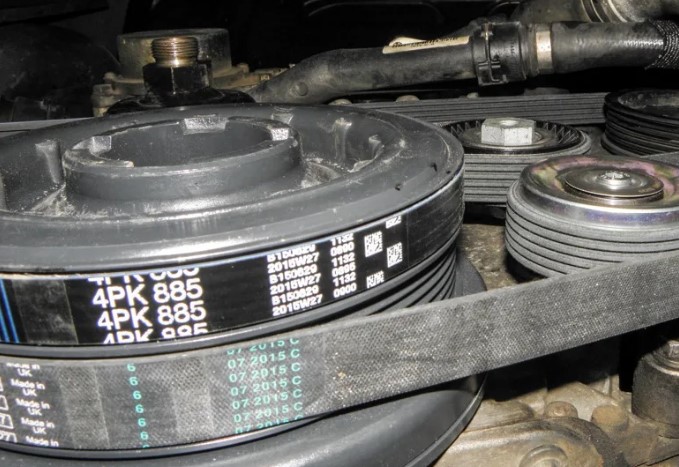
To perform repairs and replace drive belts on BMW cars, the following steps need to be taken, depending on the type of belt.
Replacing Drive Belts on BMW
The sequence of actions is as follows:
- Remember the order of pulleys through which the belt runs. If the belt is still intended for use, be sure to mark the direction in which it moves;
- Remove the crankcase protection, upper engine cover, and protective cover on the cooling fan;
- Compressor belt tensioner is released until it is behind the hexagon, in the direction indicated by the arrow. Then the belt can be removed;
- Generator drive belt tensioner is also released in the direction of the arrow with subsequent removal;
- The next step is to check the condition of the belts and replace them if necessary. Assembly is done in the reverse order of actions.

Sometimes it is necessary to replace not the belt itself, but the device that ensures its tension. For example, for the compressor belt, this entails performing the following actions:
- Removing the drive belts;
- Unscrew the bolts in place, as well as the bolt located at the back of the device. The tensioner pulley with the lever should be removed upwards. Then the drive belt tensioner itself is removed;
- Ensure that the notch on the tensioner housing is facing downward;
- The tensioner must be centered without tightening the bolts;
- The tensioner pulley is installed along with the lever, after which the bolts can be tightened.
Most modern car models have a complex design, which does not always allow for belt replacement independently. Special tools are required, which are only available at specialized service stations.
The second reason is the almost nonexistent free space in the engine compartment. Therefore, to replace drive belts, a certain amount of auxiliary equipment needs to be dismantled.
This does not apply to old cars, where there was much more free space and access to various parts of the car was significantly easier. Modern drive belts cannot be replaced with anything if they break down on the road, only a similar product should be installed. In the past, for this purpose, for example, women's tights could be used.
